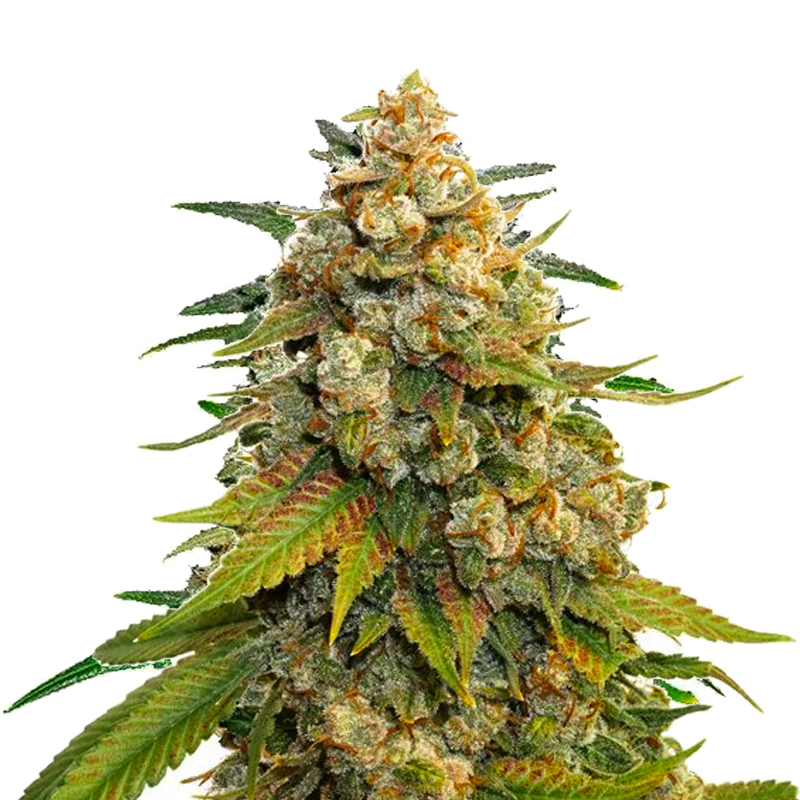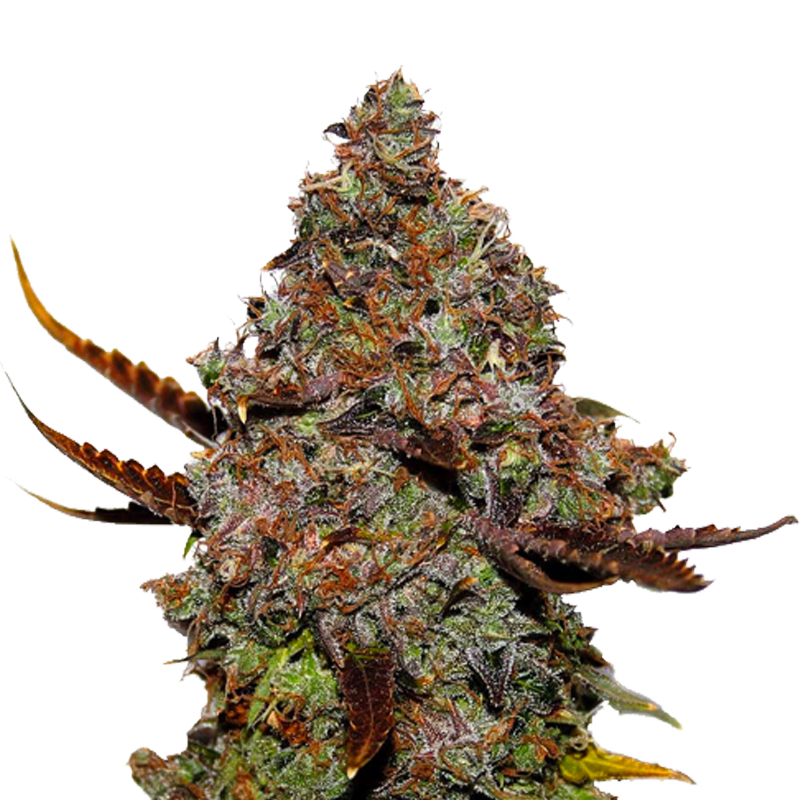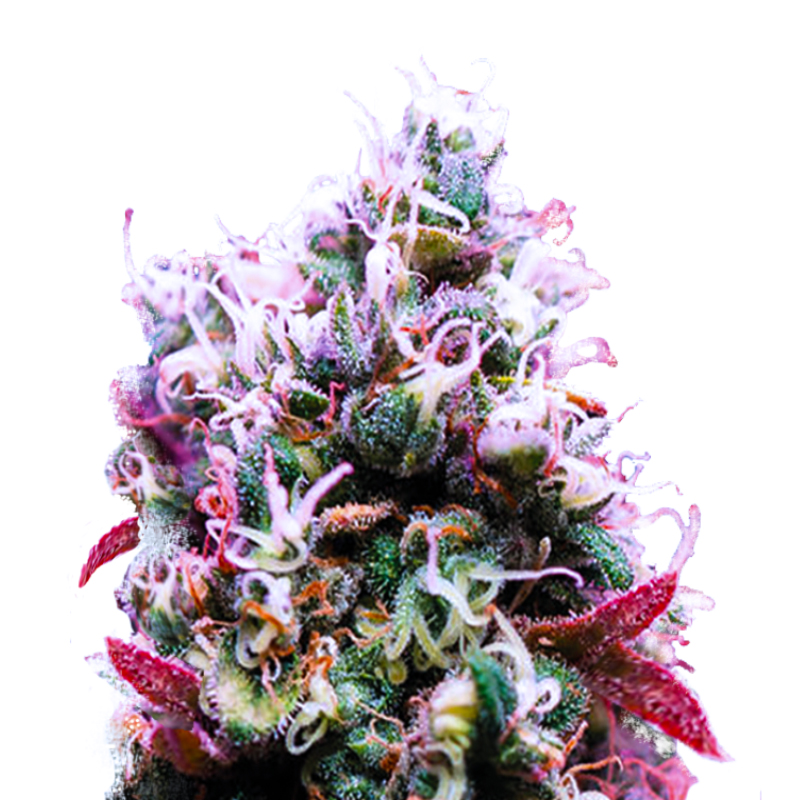Panama Red, Landraces
Panama Red Landraces. A genetic hybrid of Colombian and Panamanian cannabis strains produced Panama Red, a sativa. Panama Red is a traditional cannabis strain that gained popularity in the late 1960s because to its potent, fast-acting effects that were almost hallucinogenic. With quicker growing strains and higher revenues, Panama Red—which requires at least 11 weeks for flowering—was abandoned as cannabis farming advanced. But many who remember its glory days with nostalgia adore its velvety narcotic effect and dreamily consider its comeback. Panama Red is a great strain for seasoned cannabis users because it contains 17% THC. Customers of Leafly tell us that talking, vivacious, and happy are some of the impacts of Panama Red. When managing symptoms connected to anxiety, stress, and sadness, people using medical marijuana frequently use Panama Red.
Reeferman bred Panama Red, which has tropical, spicy/herbal, and tea characteristics. Myrcene is this strain’s predominant terpene. A gram of Panama Red usually costs between $10 and $20 on average. If you are able to obtain this nostalgic throwback, take a trip down memory lane and relish the experience. Please write a strain review if you have smoked, dabbed, or consumed Panama Red to share your experience with us.
The Story of Panama Red.
Many stoners have heard of the renowned, mysterious, and uncommon cannabis strain known as Panama Red. This pure landrace sativa strain is vintage and traditional. It gained popularity in the latter half of the 1960s because of its potent, fast-acting effects, which were almost hallucinogenic. Its origins are in hot, humid, tropical Panama, which accounts for its name. Buy weed in Australia.
Like many other countries in the world, Panama had a somewhat bloody past, beginning with 300 years of Spanish domination, followed by annexation to Colombia in 1821, and independence in 1903. However, even after gaining independence, the country experienced racial tensions and widespread criminality associated with the cocaine trade and dictatorships. Although today’s Panama is more peaceful, it still faces social, economic, and logistical challenges. Fortunately for us, Panama produced a lot of high-quality cannabis up until the 1970s, much of which was transported to Europe and the US. Because the Pacific coast is more fruitful and has slightly less rain, Panama Red was mostly grown there. The Panamanian cocaine trade eventually shifted the country’s power and wealth dynamics, encouraging residents to look into other profitable commercial ventures. While small-scale local cannabis agriculture persisted, the majority of the previously used forested cannabis growing grounds were transformed into landing strips or jungle labs. As a result, Panama’s pre-existing cannabis culture virtually disappeared. Buy weed online.
The Pearl Islands, a chain of islands off the south coast, were the only place where cannabis production remained essentially unaltered (Islas de las Perlas). It is stated that the climate on these islands is ideal for growing sativas: moderate temperatures, a steady breeze, a suitable humidity, rich soil, and a dense forest that provides protection and hiding both below and above ground. Since hundreds of years ago, the people of Panama have been cultivating cannabis and passing seeds down from generation to generation. Panama Red seeds are still accessible from collectors today, but they are becoming harder to locate and more scarce.




